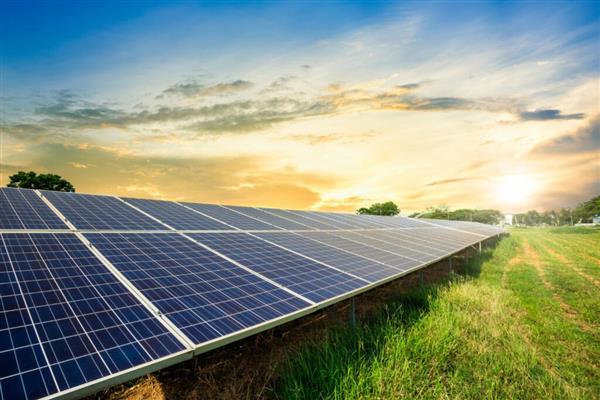Kashmir Magazine By : Kashmir Magazine | Srinagar, Publish Date: Saturday, June 15, 2024 1:14:18 PM | Updated Date : Saturday, June 15, 2024 1:14:18 PM

The Jammu and Kashmir Government is taking a significant step towards clean energy by planning to solarize 20,000 government buildings in the first phase. The initiative, under the RESCO model, will have private developers install solar systems and recover costs over 10 to 15 years through energy production.
Commissioner Secretary of Science & Technology, Saurabh Bhagat, said that this project will not only reduce electricity bills but also contribute to environmental conservation. The goal is to achieve zero electricity bills for various departments, enhancing both environmental and fiscal efficiency.
The project targets around 20,000 to 22,000 buildings across different departments in Jammu and Kashmir. Approximately 2,000 buildings under the Central Government's jurisdiction have already been handed over to the National Hydroelectric Power Corporation (NHPC) by the Ministry of New and Renewable Energy (MNRE). Out of the remaining buildings, around 2,000 have already been solarized, primarily focusing on the School Education Department and the Rural Development Department.
The next phase will involve solarizing 18,000 buildings belonging to major departments such as School Education, Rural Development, Home, Health and Medical Education, Public Works Department, Agriculture, Tourism, Power Development, Jal Shakti, Social Welfare, and Higher Education.
To ensure the project's success, a committee will be formed within each department. This committee, comprising Heads of Departments, Planning Officers, and Finance Incharges, will work closely with NHPC, the Jammu and Kashmir Energy Development Agency (JKEDA), the Rural Electrification Corporation (REC), and the distribution companies (Discoms) of Jammu and Kashmir.
Saurabh Bhagat explained that the solarization strategy focuses on total megawatts rather than installing rooftop solar panels on every building. For example, if the School Education Department has 3,000 buildings with a total load factor of 50 MW, solar plants will be strategically placed in centralized locations like larger high schools. This approach will optimize solar energy production, reduce maintenance efforts, and potentially lead to zero electricity bills for smaller buildings within the same grid.
NHPC will handle the solarization of larger departments, while JKEDA will manage smaller departments. Smaller departments with 15-20 buildings might opt for the Capex model through an agreement with JKEDA, as tendering and the RESCO model could be challenging for them.
Strategically important buildings, such as Deputy Commissioners' offices, educational institutions, health facilities, sports infrastructure, and police stations, will be prioritized in the solarization process. Various departments, including the Discoms of the Power Development Department (PDD) and the Power Development Corporation (PDC), will play crucial roles in implementing virtual net metering. Departments without rectified meters will need to install bi-directional meters for efficient energy use.
The government plans to increase the number of vendors from the current 28 to create more job opportunities, contributing to the progress of the union territory. They will invite individuals through self-help groups of engineers to participate in this business, promoting long-term employment prospects in terms of maintenance.
With government departments currently consuming 500 MW of electricity, the solarization initiative aims to reduce this usage to zero. The surplus electricity can then be redirected to industrial and other sectors, ultimately adding to the progress in the Union Territory and contributing to a cleaner and more sustainable energy landscape.
The collaboration with NHPC, JKEDA, REC, and the Discoms of Jammu and Kashmir is crucial to ensure a comprehensive approach, bringing together the expertise needed for the success of this solarization initiative.